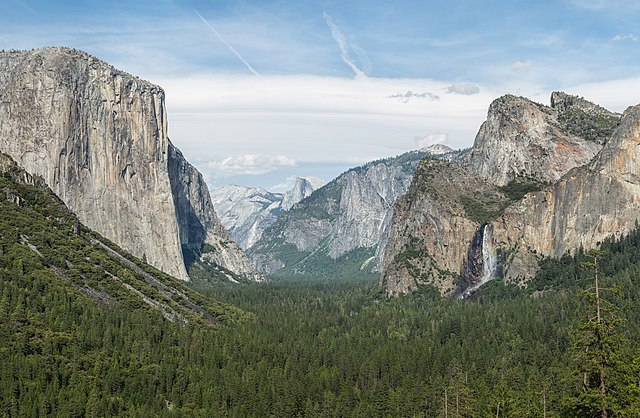 Friday, November 27th
Friday, November 27th
Had a good day in shack. Was able to get a good portion of it cleaned up. Filled up a trash bag and a big box of “stuff” I just do not need.
Fired up the HF rig and ran it through it’s paces. Had a Phone QSO with a station down in Costa Rica and worked a few stations around the US on PSK-31. Enough to let me know the rig is still working. Listened to my favorite bunch of old timers who meet weekday mornings (8AM) around 7.140 MHz. I’ve never joined in, but used to listen to them all the time from my mobile when my work hours were a bit different. Nowadays I don’t get the opportunity to hear them.
For the last few weeks I have been trying to square away my VHF/UHF setup. My embedded EchoIRLP node has consistently suffered from pulsing. I have tweaked about every software setting and radio setting possible but was unable to fix the issue. It looks like the pulsing generally correlates with my APRS signal. I use a Kenwood TM-D710A in the shack. A computer with UI-View32 is driving the left half of the TM-D710A, sending and receiving APRS data. The right side I usually dedicate to the EchoIRLP node which is normally set to a simplex UHF frequency. I started to notice that everytime UI-View32 sends out my position or weather report, my EchoIRLP node would pulse. I honestly think the rig is the issue.
What I like best about the TM-D710A is that I can use my one antenna that I have mounted off my chimney. The TM-D710A allows me to use both the APRS and EchoIRLP at the same time. But I think that pulsing issue will keep me off IRLP reflectors or Echolink conferences unless I disable UI-View32 and the TM-D710A’s TNC while I am using the reflector/conference.
I upgraded my version of fldigi. I made sure my log and settings were backed up and the upgrade went without significant issue. I was able to setup the WX macro function, which I have been meaning to do. The macro pulls the latest WX from Kansas City International Airport (MCI) and allows me to slide that into a PSK-31 QSO via macro. I wish it could pull the data right from my WX station. Not sure how to do that.
I setup my D-Star DV Access Point Dongle – hadn’t done that in a while. I am consistently unimpressed with the audio quality that I get listening to the D-Star reflector on my ICOM IC-92AD. The audio is very metallic and tinny.
APRS has taken up a bit of my time lately. I enjoy playing around with my Yaesu VX-8GR. I am amazed at the different ways you can send a message from the APRS system to an email address. I have improved my ability to work the VX-8GR to input text for a message.
I figured out how to get my UI-View32/TM-D-710A setup to only digipeat APRS packets from either my callsign or the XYLs. That comes in handy when I have the HT. One thing I have not been able to figure out is how to get my UI-View32/TM-D710A setup to digipeat packets destined for my HT’s SSID. For example, if I send a message from my HT, it is digipeated out through my UI-View32/TM-D710A setup and picked up by a nearby real digipeater. But when the “Ack” packet comes back, my HT won’t hear it and I am not sure how to get my UI-View32/TM-D710A to recognize that packet and digipeat it.
Did I mention the humidity sensor on the Davis Vantage Pro2 is not working properly?
I checked into a net tonight! We have an awesome daily email called Larry’s List that contains all kinds of interesting information about the amateur radio goings on in the greater Kansas City area. From swap and shop, to license testing, and opportunities to volunteer in support of public events to various club activities and nets…. Larry’s List is one stop shopping for anything you would want to know about what is happening. The list mentioned a net conducted from a repeater setup on top of the VA hospital in Kansas City (KC0VA). I decided to check in and was privileged to partake in a very interesting discussion about how to handle an emergency if it occurred during a net. I also learned about the Q-signal “QRRR”… which I had never heard or read of before.

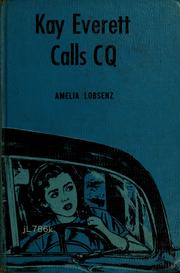
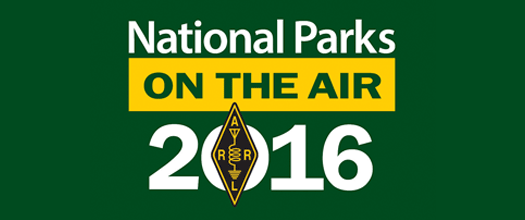


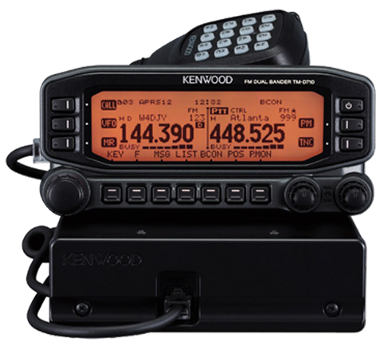
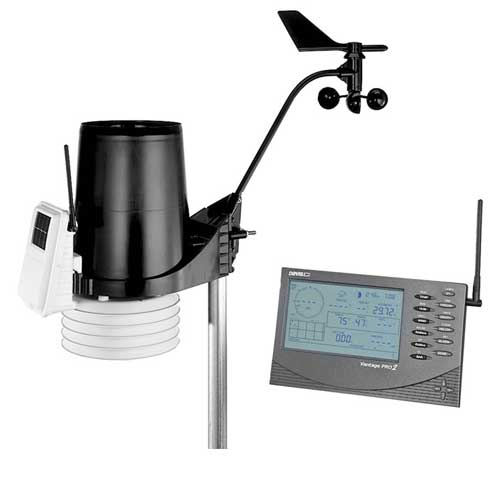
 During our local camping experiences back in the summer and fall of 2014, I had to relearn how to make a campfire. Sad to admit it too, as I spent many years in the Boy Scouts and did earn my Eagle Scout. When we started camping (after we bought the travel trailer), I struggled to get a campfire going.
During our local camping experiences back in the summer and fall of 2014, I had to relearn how to make a campfire. Sad to admit it too, as I spent many years in the Boy Scouts and did earn my Eagle Scout. When we started camping (after we bought the travel trailer), I struggled to get a campfire going.



